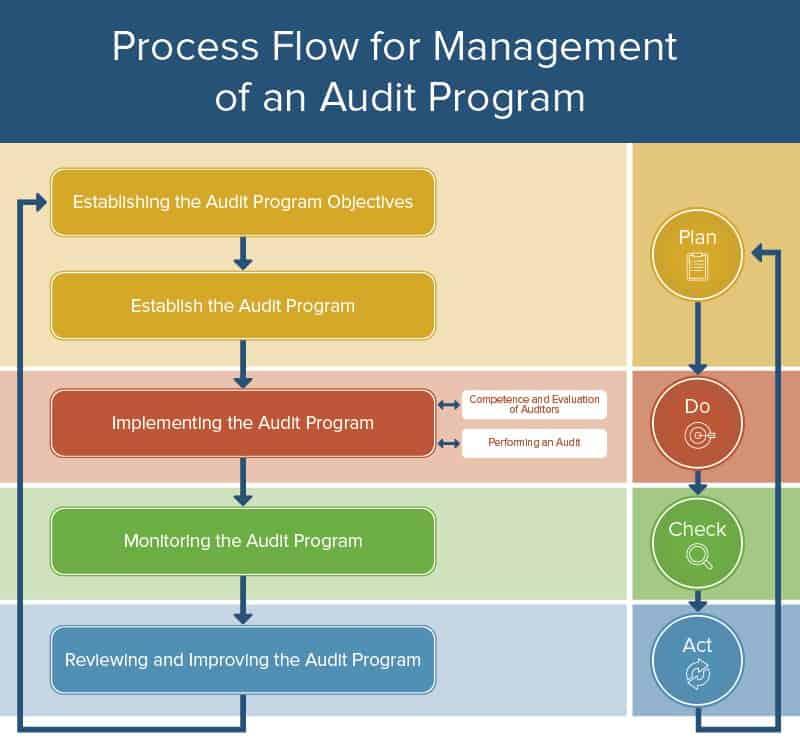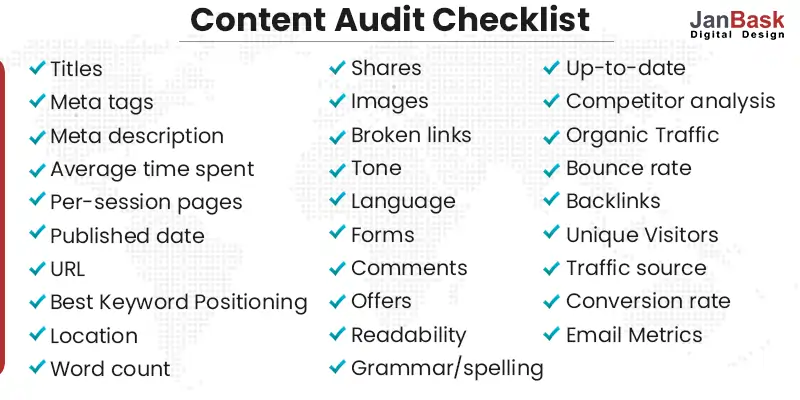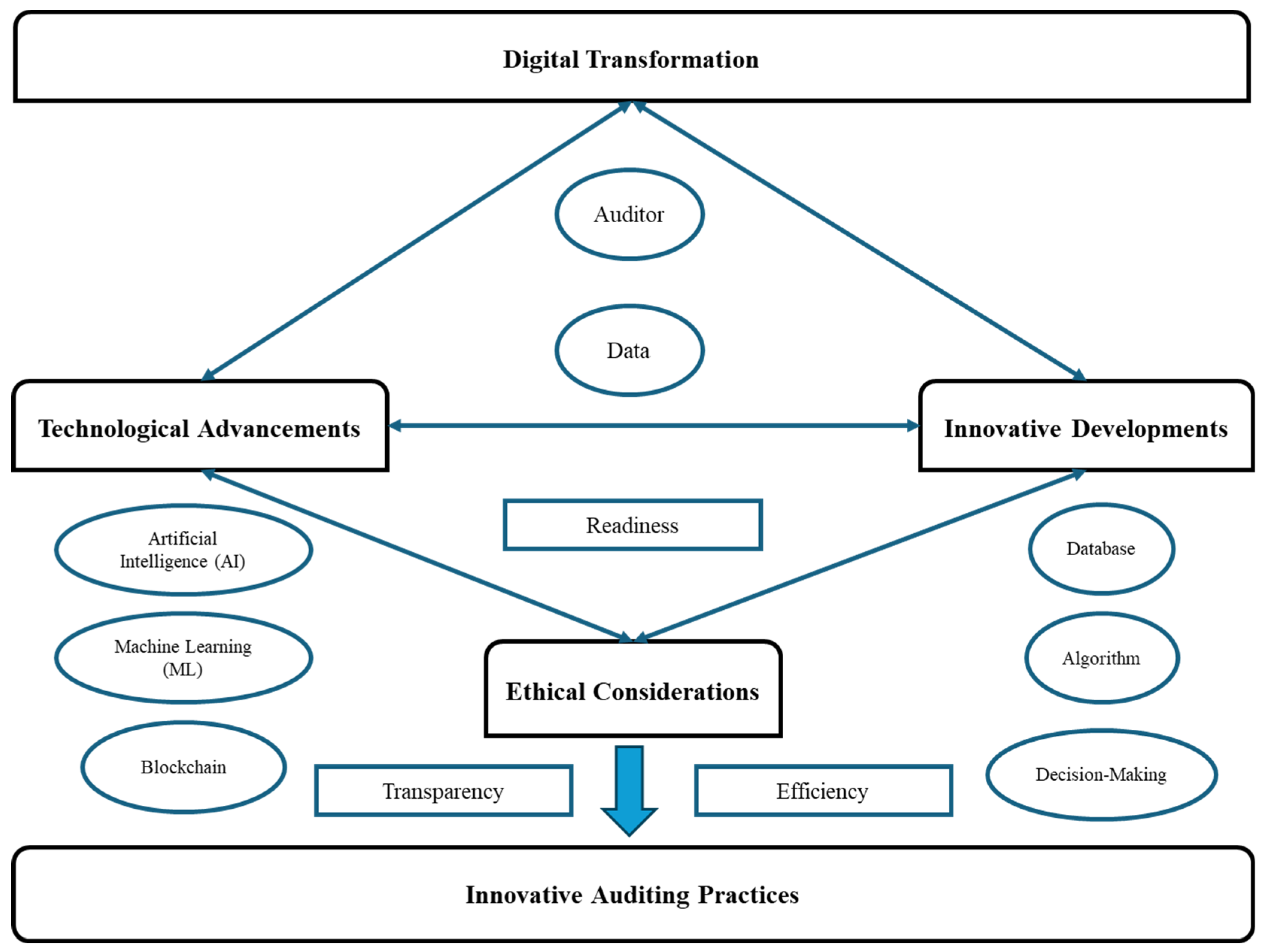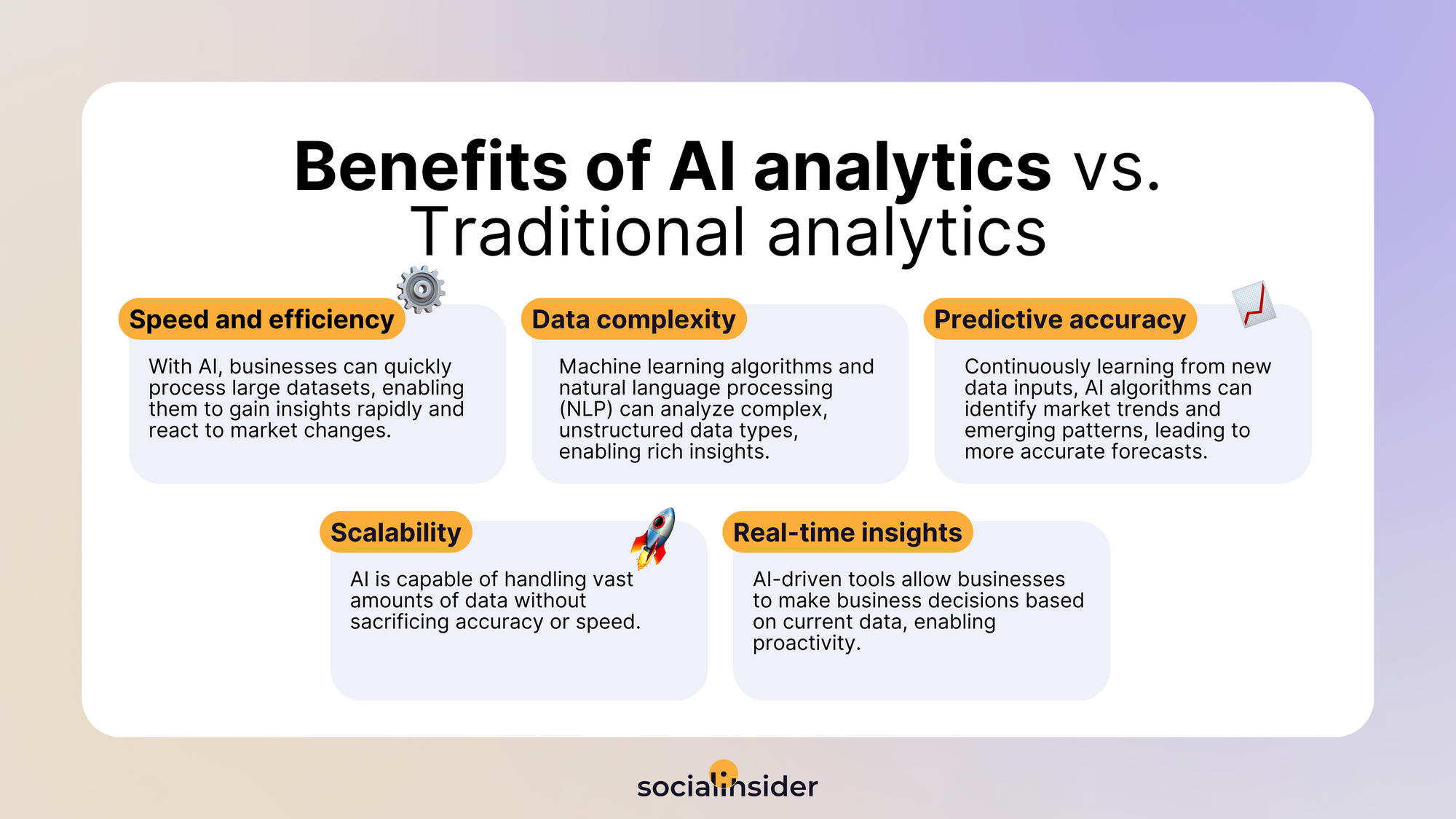In today's digital landscape, your content library can hold immense potential, but is it optimized effectively? Regular audits are essential to maintaining the effectiveness of your content strategy. With the advent of AI-driven tools, conducting these audits has become simpler and more efficient. These advanced technologies can assist you in identifying gaps in your content, evaluating its relevance, and enhancing overall performance, ensuring your efforts provide real value.
By leveraging AI, you can streamline your auditing processes, potentially saving up to 25% of the time typically required for manual evaluations. This efficiency allows you to focus on other critical tasks while ensuring your content remains refined and up to date. In this guide, we will explore the many benefits of using AI for content audits, outline practical steps to carry out these audits, and explain how to implement specific tools like ProseVision into your content strategy.
Unlocking the Power of AI for Content Library Audits
Understanding the role of AI in content auditing is essential for content managers and digital marketers alike. AI can help you identify duplication within content, optimize your SEO performance, and ensure that the quality of your digital assets remains high. Traditional manual audits can often lead to inefficiencies—human analysis may overlook key insights, be constrained by time, and result in inconsistencies.
AI-driven audits enhance both efficiency and accuracy. By automating tedious tasks, you can redirect your efforts toward strategic enhancements rather than labor-intensive data evaluation. Research shows that about 70% of marketers recognize the importance of conducting regular audits to assess content effectiveness. This makes integrating AI into your auditing process a potent tool for identifying weaknesses and opportunities within your content library.
An infographic illustrating the comparison between traditional content audits and AI-driven audits, highlighting their efficiency and insights. (Source: Socialinsider)
Mastering the Audit Process with a Step-by-Step Guide
Conducting an effective AI-driven content library audit can be broken down into clear and actionable steps. Here’s a guide to help you navigate the process:
-
Define Your Objectives: Clarify what you want to achieve with your audit. Are you looking to improve SEO performance, enhance content relevance, or pinpoint gaps?
-
Select Your AI Tools: Choose AI tools that will work best for your needs. ProseVision and MarketMuse are popular options for automating audits and analyzing content.
-
Inventory and Categorization: Begin with an inventory of your existing content and categorize it based on relevance, usage, and performance. This foundational work is critical for effective analysis.
-
Analyze Quality and Performance: Evaluate the quality of your content using AI-driven insights. Look into aspects such as readability, engagement metrics, and SEO optimization.
Following these steps ensures that your audit is both thorough and actionable. Research from various institutions indicates AI tools can significantly automate tasks like metadata tagging and performance analysis, saving you valuable time.

A detailed flowchart displaying the steps involved in the content auditing process, providing a clear visual guide. (Source: Smartsheet)
Transforming Insights into Action: Implementing ProseVision
To maximize the effectiveness of your content audits, implementing ProseVision can be particularly beneficial. Here are steps to consider when setting it up:
-
Configuration: Begin by configuring ProseVision for automated content analysis. Ensure that metadata extraction and natural language processing (NLP) settings are properly established to leverage the tool's analytical capabilities.
-
Automate Metadata Extraction: Utilize ProseVision to automate the extraction of metadata essential for your content. This approach can help reduce manual tagging errors by as much as 30%, allowing you to focus more on strategic efforts rather than routine data entry.
-
Generate Reports: Use ProseVision to create reports that track and visualize content performance over time. Viewing analytics in real-time aids in making informed decisions regarding content updates and optimization.
The AI technology built into ProseVision can efficiently analyze sentiment and topic relevance, thus improving content discoverability. Integrating these capabilities into your strategy is crucial for long-term success.
A screenshot of the ProseVision interface showcasing the configuration settings essential for audits. (Source: Pleora Technologies)
AI Techniques that Drive Content Gap Analysis
AI employs multiple techniques to effectively identify content gaps, including natural language processing (NLP), clustering, and classification. Each technique provides valuable insights that refine your content strategy.
-
NLP Techniques: Natural Language Processing facilitates the extraction of named entities, sentiment analysis, and topic modeling, enabling you to grasp the underlying themes of your content. This can save significant time that would traditionally require human effort.
-
Clustering Methods: Algorithms like K-means or hierarchical clustering can help you group similar content pieces, which assists in identifying redundancies or underutilized topics.
-
Classification Methods: Supervised learning algorithms categorize content into distinct segments, ensuring that you deliver the most relevant information to your audience. These techniques boost the quality and engagement metrics of your digital assets.
Research indicates that K-means clustering can yield actionable insights by organizing large datasets into manageable categories. The ability of AI to utilize these advanced techniques allows you to optimize your content strategy effectively.
.png)
A visual representation of the K-Means clustering algorithm used in content gap analysis, highlighting its clustering methodology. (Source: Serokell)
Case Studies: Real-World Success with AI in Content Audits
Examining case studies of organizations that have successfully implemented AI-driven content audits provides significant insights:
-
Marketing: THE CITY, a hyperlocal news organization based in New York, leveraged AI for a comprehensive audit of their content. Using AI to process data, they enhanced geographical reporting while addressing gaps in local coverage, resulting in improved user engagement.
-
E-commerce: The luxury bath brand Crabtree & Evelyn achieved a noteworthy 30% increase in return on ad spend (ROAS) through auditing their digital content strategy with AI. This enabled more targeted ads and content that effectively engaged their audience.
-
Education: Bolton College implemented AI in their online learning platforms, which led to substantial enhancements in content delivery and student engagement. The addition of AI tools streamlined their content creation process and improved educational outcomes.
These examples highlight how AI-powered audits can unlock value and illustrate the tangible benefits of a data-driven approach.

A before-and-after graph displaying traffic changes resulting from AI content audits, showcasing the effectiveness of AI applications. (Source: Janbask Digital Design)
Best Practices for Preparing Your Content for AI Audits
To prepare your content library for AI-driven audits effectively, consider these best practices:
-
Consistent Metadata Schema: Develop a uniform metadata structure incorporating key elements such as content type, topic, author, and performance metrics. A consistent schema ensures clarity and enhances accuracy during audits.
-
Automated Tagging: Utilize AI tools to automate metadata extraction and tagging. This practice helps maintain consistency and minimize the manual errors associated with data input.
-
Logical Content Taxonomy: Create a detailed content taxonomy categorizing your assets based on topics and formats. Clear categorization helps AI process and analyze your content more efficiently.
Research indicates that organizations employing these practices can enhance content discoverability significantly, thereby improving overall strategy alignment and performance tracking.

A checklist-style graphic outlining best practices for conducting content audits, useful for guiding preparation efforts. (Source: Nielsen Norman Group)
Navigating Ethical Dilemmas in AI Content Audits
Implementing AI in content auditing brings several ethical considerations to the forefront, particularly regarding data bias and user privacy.
-
Understanding Data Bias: Studies show that up to 38.6% of AI-generated outcomes may be influenced by biases present in training datasets. Being aware of these biases is crucial during assessments.
-
User Privacy and Transparency: It is vital to prioritize user privacy. This entails being transparent about data collection practices and establishing clear policies concerning data ownership and usage rights.
-
Ethical Standards Development: Organizations should develop ethical guidelines and governance frameworks to navigate the complexities inherent in AI technology. Establishing an AI Ethics Board can facilitate responsible practices while addressing potential biases.
Understanding these ethical dilemmas allows you to implement more responsible and equitable practices in your content auditing processes.

A schematic diagram representing the ethical framework surrounding AI audits, highlighting key considerations for responsible AI usage. (Source: MDPI)
Future Trends: The Evolution of AI in Content Libraries
The landscape of AI in content auditing is rapidly advancing. Staying aware of these trends will help you remain competitive and agile in your responses to market demands.
-
The Rise of Large Language Models: Anticipate advancements in AI that employ large language models to facilitate more precise content analysis and the generation of actionable insights.
-
Real-Time Optimization Recommendations: Expect AI tools to increasingly provide real-time recommendations to enhance the optimization of content libraries, allowing for more agile content strategies.
-
Long-Term Predictions: As AI technology progresses, anticipate deeper analytics that incorporate more comprehensive datasets, improving decision-making capabilities over the next five years.
Recognizing these trends will equip you to adapt your strategies and maintain a competitive edge in content management.

A trend graph forecasting future growth and impact of AI in various sectors, focusing particularly on content management. (Source: Grand View Research)
Conclusion
In summary, AI-driven content audits present a valuable method for efficiently managing your content libraries. By applying AI tools, you can save time, improve content quality, and effectively engage your audience.
The steps outlined in this guide—from defining audit objectives to utilizing advanced technologies like ProseVision—will empower you to conduct comprehensive and insightful audits. Embracing these methodologies, while being mindful of the ethical considerations associated with AI usage, will position you for optimal success.
As AI continues to shape the future of content management, being informed and adaptable will ensure that your organization thrives in meeting the evolving demands of its audience.
By following the practices the guide presents, you can harness the potential of AI-driven audits to not only refine your content but also enhance your overall digital presence.

Komentar (0)
Masuk untuk berpartisipasi dalam diskusi atau .